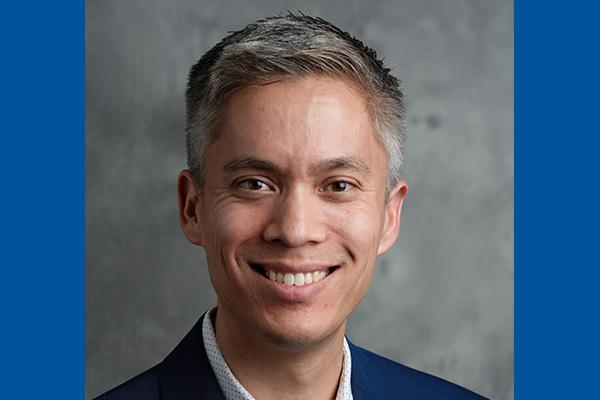
As genetic and genomic research continues to rapidly evolve, scientists and researchers are gaining a deeper understanding of the role of genetics in health and disease. However, integrating genetics and genomics into routine clinical care has been a much slower process, hampered, in part, by the lack of comprehensive knowledge of the latest genetic testing techniques, interpretation of results, and the clinical implications of genetic findings.
Andrew Landstrom, MD, PhD, associate professor of pediatrics, is hoping to change that. He helped lead efforts with the American Heart Association (AHA) to develop an educational curriculum that addresses the educational needs of health care providers, including clinicians, researchers, and medical students within the cardiovascular field.
“The use of genetics and genomics in the clinic has advanced so much more than what we teach residents, fellows, and medical students,” Landstrom said. “So there’s a huge educational gap about what patients need to be able to take advantage of and what physicians feel prepared to do.”
For diseases that are heritable and engrained in our DNA, Landstrom sees a future where clinicians are able to predict almost from the moment of birth which people are at risk, well before they ever experience an event like a sudden heart attack. "If we can figure out how the disease progresses molecularly,” Landstrom said, “then we should be able to treat it before they ever get sick.”
Landstrom chaired a working group within the AHA that pulled together a 24-person steering committee comprised of experts in the field, including physicians, scientists, genetic counselors, nurses, and others to help develop the curriculum. “We wanted the curriculum to be peer-reviewed, bias-free, and able to address the needs of physicians and scientists,” Landstrom said.
What they came up with is From Concepts to Practice: A Guide to Cardiovascular Genomics, a series of 12 educational modules covering a variety of topics. The modules are PowerPoint presentations with a voiceover oftentimes narrated by the specialists who made the modules. “These are international experts,” Landstrom said. “We travel to these big meetings to hear these people talk, and here they are giving an hour or two of their time with their own slides to cover critical information.”
The curriculum includes live webinars and interactive bootcamps as well as asynchronous materials to provide flexibility. There are four core modules and eight supplemental modules, six of which are required for completion. The program takes about 24 hours to complete.
“This curriculum is a foundation for what somebody who sees patients with cardiovascular genetic disease needs to know,” Landstrom said. “It is a valuable opportunity for trainees and providers to use a flexible, customizable, and cutting-edge curriculum to take great care for these patients.